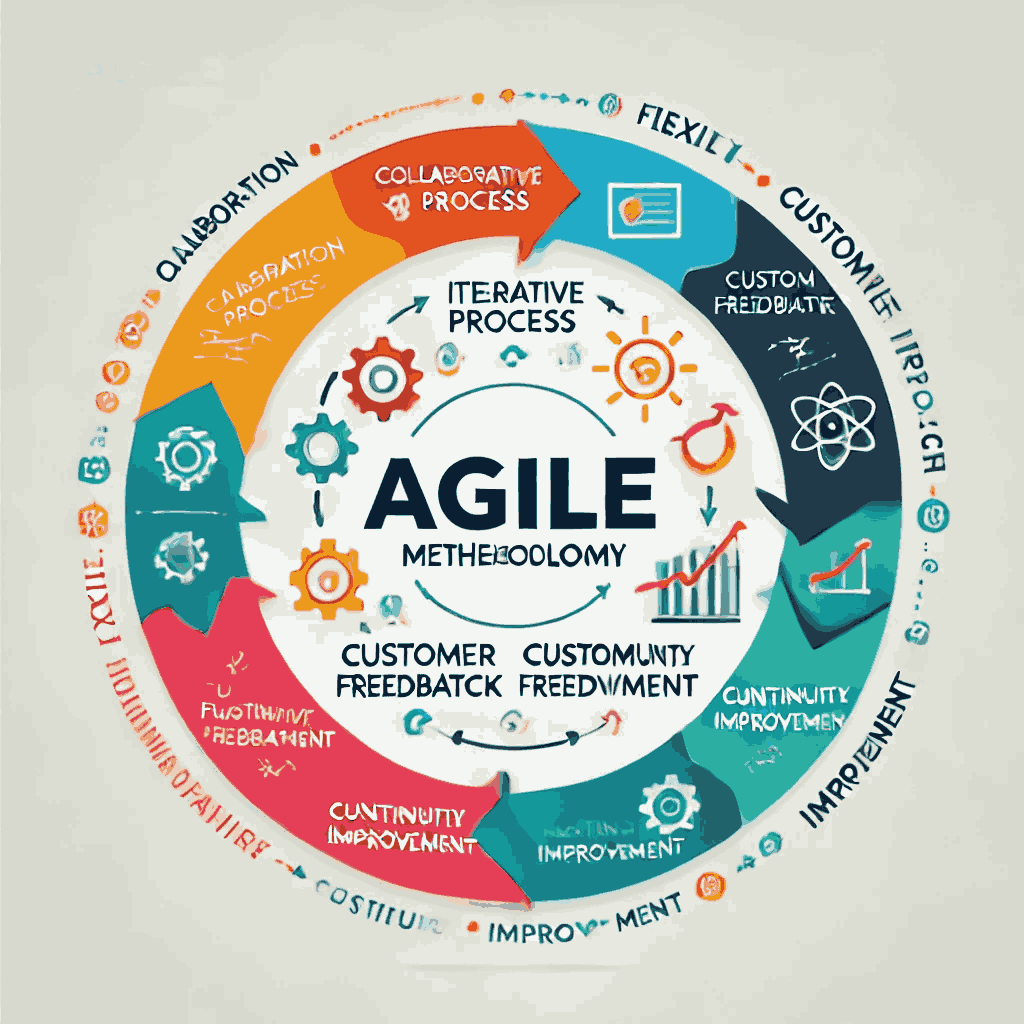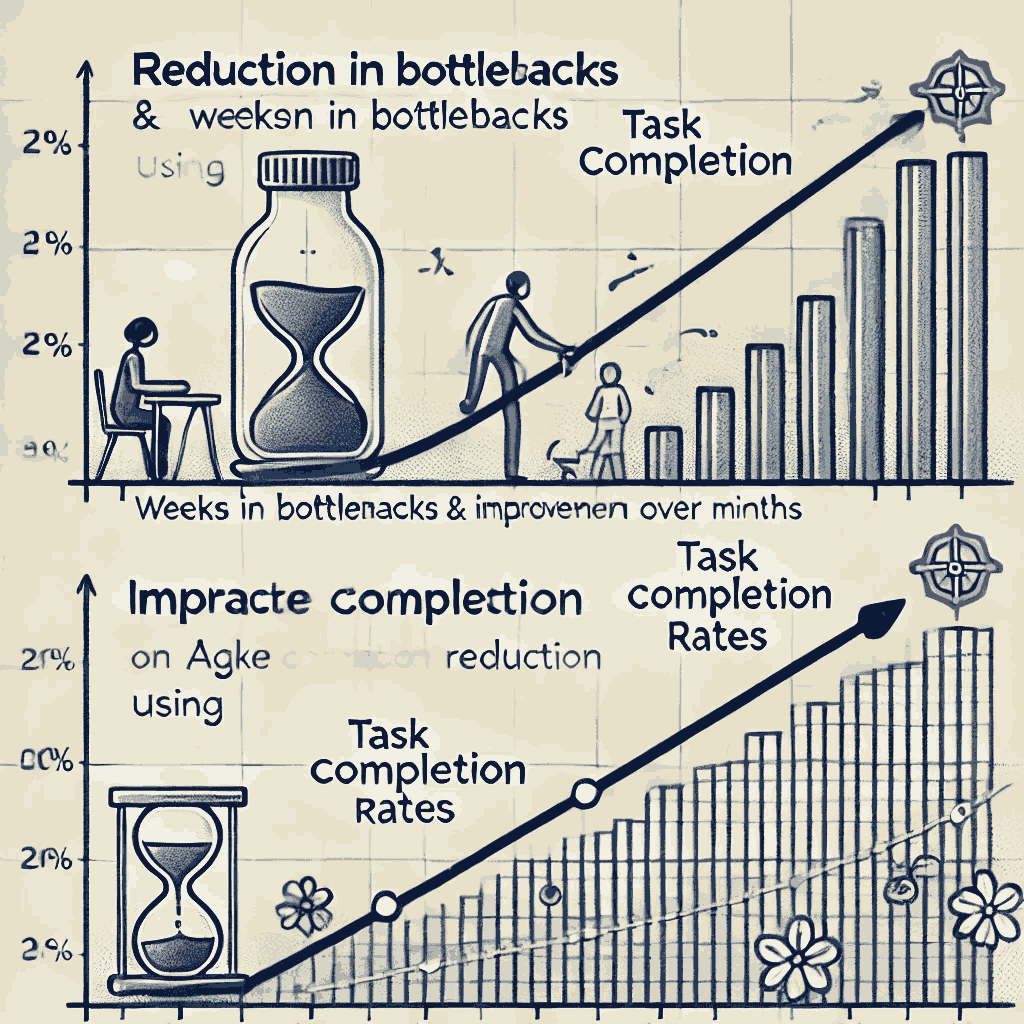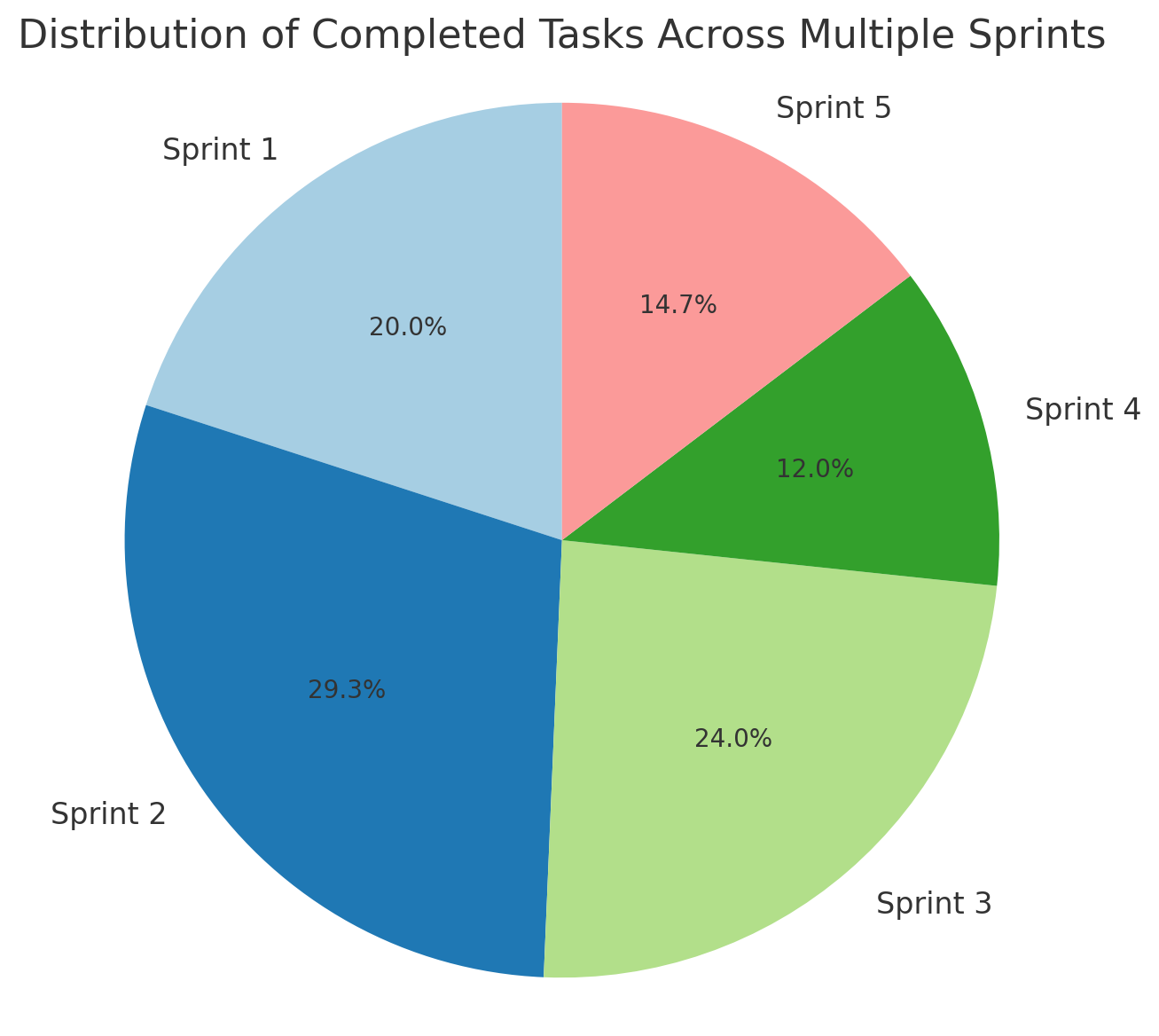In today’s fast-evolving digital landscape, speed and adaptability are critical for successful product launches. Agile methodologies have proven to be an effective approach for organizations looking to accelerate time to market while maintaining product quality and customer satisfaction. By leveraging Agile practices, IT companies can streamline development cycles, foster cross-functional collaboration, and respond rapidly to market changes.
What is Agile Methodology?
Agile is a flexible, iterative approach to project management and software development. It emphasizes collaboration, customer feedback, and small, rapid releases. Agile methodologies prioritize delivering value quickly and continuously improving based on user input.

Key Agile Practices for Accelerating Product Launches
- Scrum Framework: Scrum organizes work into time-boxed iterations called sprints. Teams focus on specific deliverables in each sprint, ensuring steady progress toward the product launch.
- Kanban Boards: Visualizing tasks on a Kanban board helps teams track progress, identify bottlenecks, and improve workflow efficiency.
- Continuous Integration/Continuous Delivery (CI/CD): Automating code integration and deployment processes allows teams to release updates frequently, reducing time between iterations.
- Frequent Feedback Loops: Regular customer and stakeholder feedback ensures the product aligns with user needs and market demands.
- Cross-Functional Teams: Bringing together experts from different disciplines fosters innovation and reduces communication delays.
Role of AI
AI-Powered Automation
Real-World Example: Successful Agile Implementation
Case Study: A SaaS Product Launch
An IT company adopted Agile methodologies to launch a new SaaS product within six months. They implemented Scrum, conducting bi-weekly sprints and daily stand-up meetings to track progress. Kanban boards were used for task management, and a CI/CD pipeline was established for seamless integration and deployment. Regular feedback sessions with beta users helped fine-tune the product features. As a result, the company launched on time, exceeding customer expectations and achieving a 30% faster time to market compared to traditional methods.
Visual Representation of Agile Benefits
Figure 1: Time to Market Comparison
Comparing time to market using traditional vs. Agile methodologies

Figure 2: Workflow Optimization
Reduced bottlenecks and improved task completion rates with Agile practices

Figure 3: Incremental Progress with Sprints
The distribution of completed tasks across multiple sprints

Challenges in Adopting Agile
- Cultural Shift: Transitioning from traditional methods to Agile requires a change in mindset and company culture.
- Team Collaboration: Effective communication and collaboration among team members are crucial for Agile’s success.
- Resource Allocation: Ensuring the right tools and personnel are in place to support Agile processes can be challenging.
Overcoming these challenges involves training, clear communication, and investing in the right tools.
Conclusion
Agile methodologies offer a powerful framework for accelerating product launches. By emphasizing flexibility, collaboration, and customer-centricity, Agile enables IT companies to deliver high-quality products faster and adapt to evolving market demands. Organizations that embrace Agile practices will not only reduce time to market but also position themselves for long-term success in a competitive industry.
FAQs
Agile methodologies aim to deliver value quickly by focusing on iterative development, customer feedback, and adaptability.
Agile breaks down work into smaller, manageable tasks and emphasizes rapid iterations, enabling faster delivery of functional product increments.
Yes, Agile principles can be adapted to various industries, including marketing, construction, and product design, to improve project efficiency.
Tools like Jira, Trello, and Azure DevOps support task tracking, sprint planning, and workflow visualization, enhancing Agile implementation.





